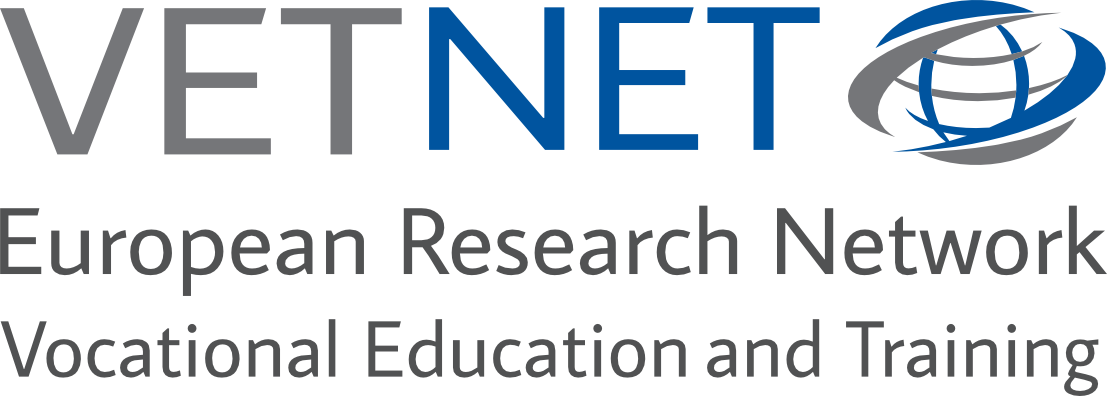Regional Disparities in the Training Market: Opportunities for Adolescents to Obtain a Company-Based Training Place Depending on Regional Training Market Conditions
DOI:
https://doi.org/10.13152/IJRVET.8.1.5Keywords:
Access to Education and Training, Equal Opportunity, Dual System, Training Market, Statistical Analysis, VET, Vocational Education and TrainingAbstract
Context: Due to limited geographical mobility, opportunities for adolescents interested in company-based training are primarily dependent on regional training offers. Competition for company-based training among adolescents varies regionally, and thus, the chance to obtain a training contract varies as well. In this article, we investigate the opportunities for adolescents to obtain company-based training depending on regional training market conditions. We assume that the advantages of obtaining a company-based training place exist in areas of decreased competition among interested adolescents. However, the question is whether those advantages will differ between adolescents depending on characteristics such as school achievement, socioeconomic status or migration background. Furthermore, we assume that, above all, market-induced ease-of-access to company-based training exists for occupations that face hiring challenges and indicates less occupational attractiveness.
Methods: The transition from school (after 9th and 10th grade) to company-based training is analysed using data from the German National Educational Panel Study (NEPS, starting cohort 4). This dataset is merged with the official regional training market data regarding local supply and demand ratio for training places (called "SDR") in the dual system of Vocational Education and Training in Germany. Logistic regressions are used to predict the probabilities of obtaining a training place. The focus lies on the interaction effects between SDR and adolescents’ education-related characteristics (school certificates and grade point average), socioeconomic characteristics and migration backgrounds. Subgroup-specific analyses of different clusters of hiring challenges for trainee occupations are used to examine whether these effects are valid for all occupations.
Findings: The results confirm regional differences in obtaining a training place depending on the SDR. Here, applicant hierarchies according to educational achievement continue to exist if competition for company-based training among adolescents decreases. Beneficiaries are better-qualified adolescents with poorer GPAs. SDR hardly influences social disparities. However, the advantages of obtaining a company-based training place primarily exist for training occupations with hiring challenges when competition for company-based training among adolescents decreases. These occupations have a significantly lower occupational prestige (ISEI-08) compared to occupations with fewer hiring challenges.
Conclusion: The results make it clear that market-induced ease-of-access to company-based training is not necessarily an advantage. Because the findings indicate that the advantages pertain mainly to low-prestige occupations, it can be assumed that career-path disadvantages can arise down the road. Future studies should investigate this in more differentiated ways.
Downloads
Online First / Final Publication Date
How to Cite
Issue
Section
URN
License
Copyright (c) 2021 Christian Michaelis, Robin Busse

This work is licensed under a Creative Commons Attribution-NonCommercial-NoDerivatives 4.0 International License.





